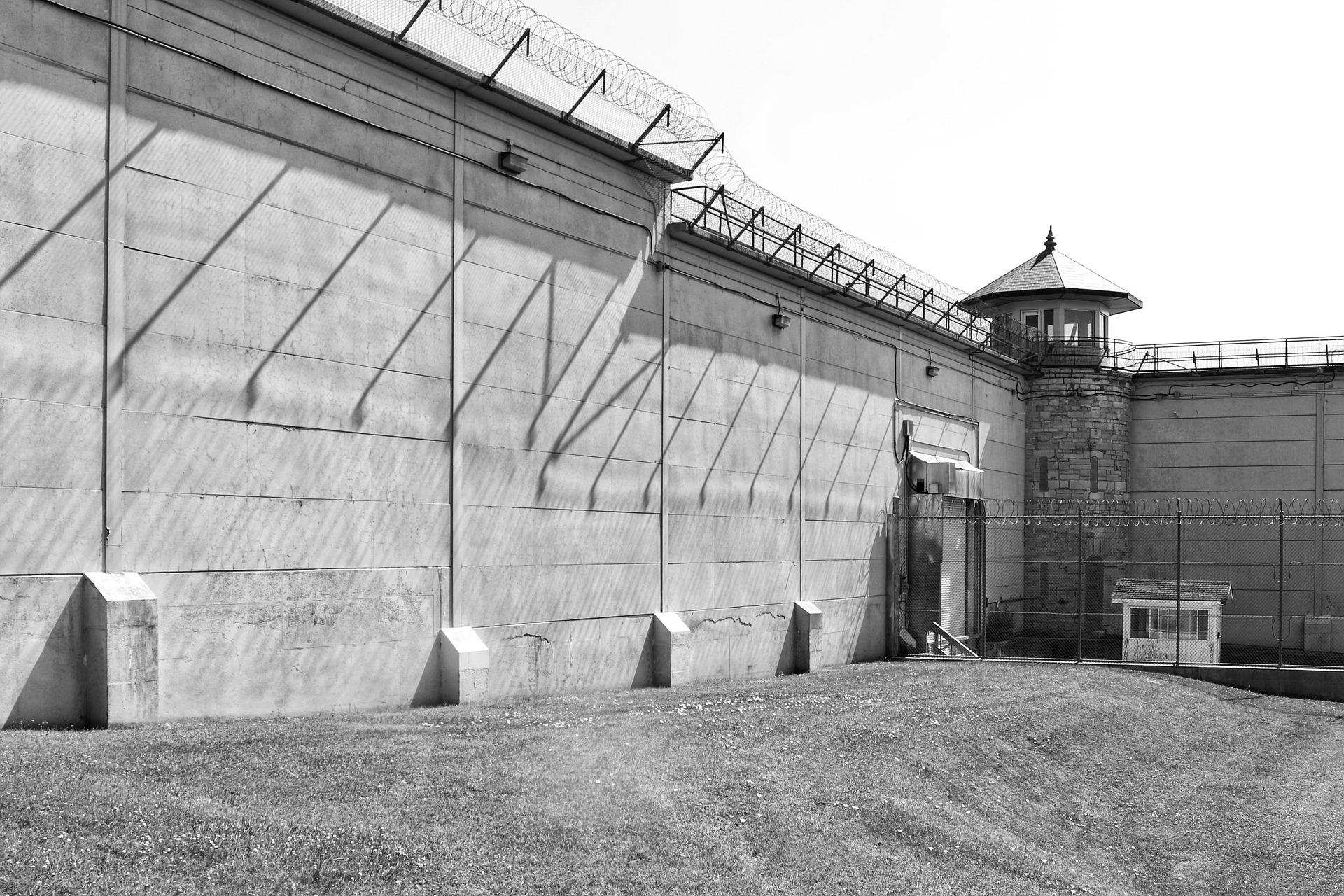Bridging the Rural-Urban Digital Divide: A Closer Look at Telecom Infrastructure Upgrades
Connectivity issues are no longer the bane of just the rural folk. With increasing demands, urban areas are also starting to feel the strain. Delve into the reality of America's broadband coverage and the Herculean infrastructure upgrades needed to bridge the digital gap.
The Great Digital Divide: A Sneak Peek Into The Past
Our journey begins in the late 1990s, with the advent of dial-up internet connections in urban and suburban areas. Meanwhile, rural areas were often further behind in terms of access and quality of connection. The divide was primarily driven by distinct economic challenges and geographic hurdles in reaching remote communities. The lack of infrastructure and under-investment in rural telecom facilities perpetuated this connectivity chasm, widening the gap through the early 2000s.
High-Speed Chronicles: The Technological Leap
As internet technology evolved, connection speeds increased dramatically, particularly in the 2010s. Fiber-optic networks emerged as the gold standard, supporting gigabit speeds far surpassing traditional copper wire connections. However, deploying these much faster, albeit more expensive networks proved challenging in less densely populated rural areas. The cost per household for installation amplified with increasing distance from urban centers where the main telecom hubs usually resided.
The Present State: Tackling the Broadband Challenge
Fast forward to the present day. The COVID-19 pandemic has laid bare the harsh reality of the digital divide, with connectivity needs surging owing to remote learning and work from home arrangements. With greater dependency on digital platforms, stable and high-speed internet is no longer a luxury but an essential utility. Current trends in the telecom industry indicate a renewed focus on bridging this divide through enhanced infrastructure and innovative solutions.
Innovative Solutions: Light at the End of the Tunnel
One promising disruptor in this space is the deployment of Fixed Wireless Access (FWA). This technology leverages existing wireless networks to provide high-speed broadband connectivity, thereby avoiding the cost and logistical challenges of laying extensive fiber-optic cables. Gauging its potential, telecom giants are now investing heavily in FWA technology to expand broadband coverage in underserved rural areas.
On another front, substantial funds are being allocated for broadband expansion and infrastructure upgrades under the recent American Jobs Plan. With billions earmarked for closing the digital gap, the landscape is ripe for vast improvements in rural broadband coverage.
Future Projections: Bridging the Divide
Considering these developments, the future of the digital divide appears increasingly optimistic. The continued adoption of FWA and substantial federal funding, alongside technological advancements, signal impending paradigm shifts. However, it would take more than just technology and money. Regulatory changes, fostering public-private partnerships, and community involvement are equally crucial to achieving universal broadband coverage in the US.
In a world where connectivity is currency, bridging the rural-urban digital divide remains a pressing priority. As we speed towards a more connected future, it is essential to ensure that no citizen, whether in the heart of Manhattan or the rural Midwest, is left scrambling for a reliable internet connection. The task is gargantuan, but with innovative solutions, heavy investment, and a collective commitment, a world where connectivity is ubiquitous, remains within reach.





